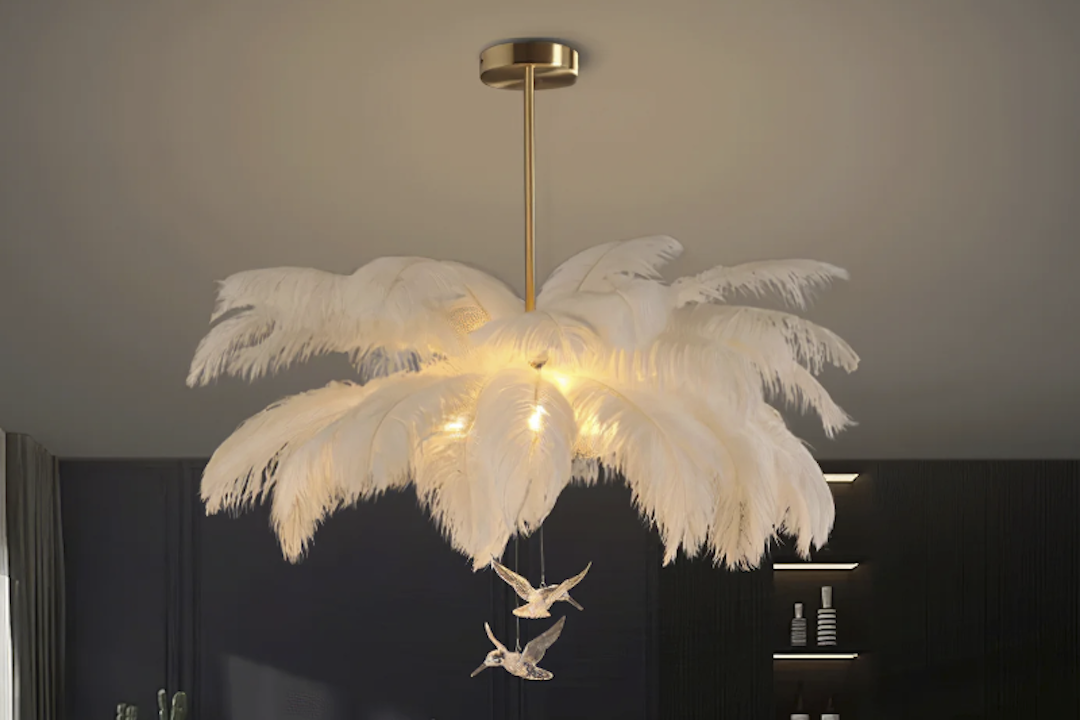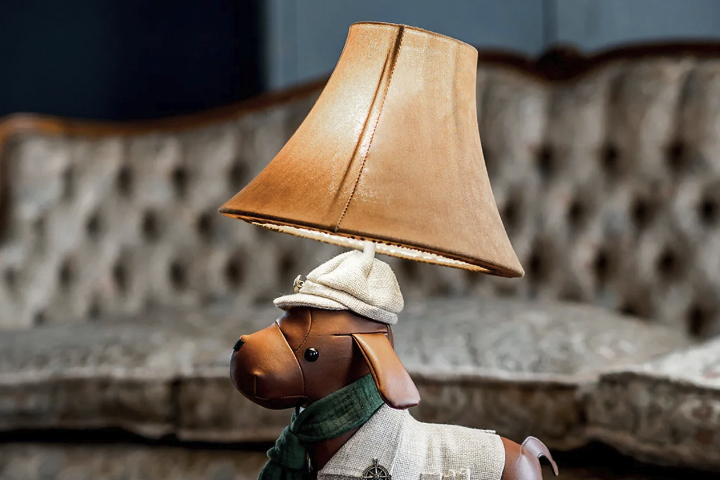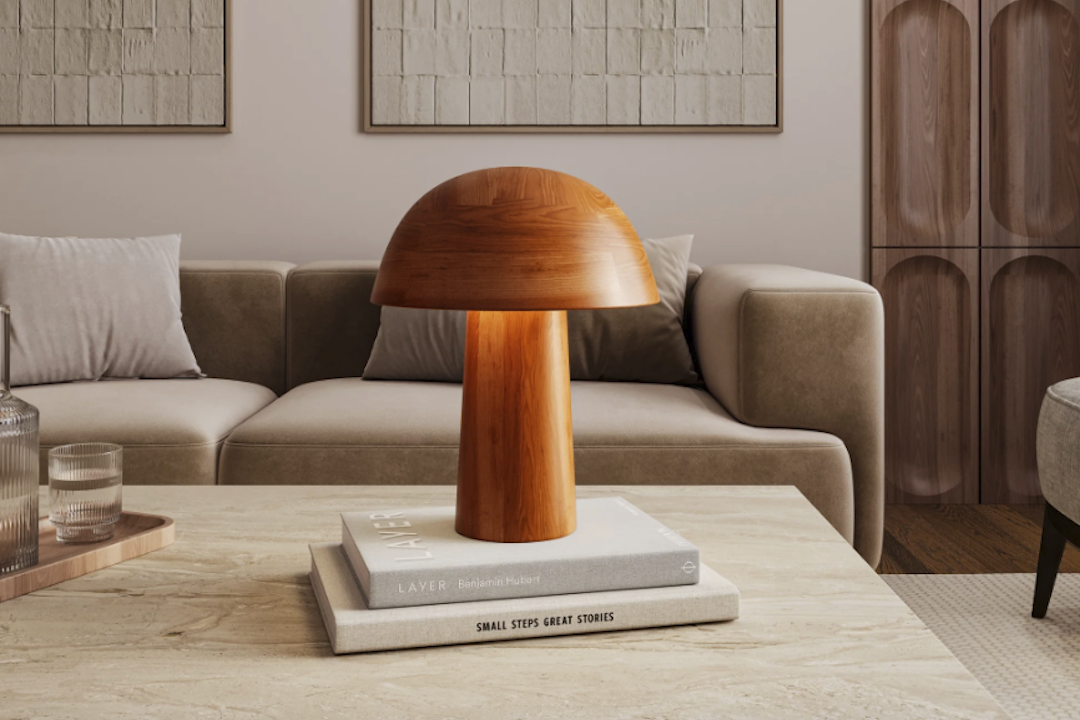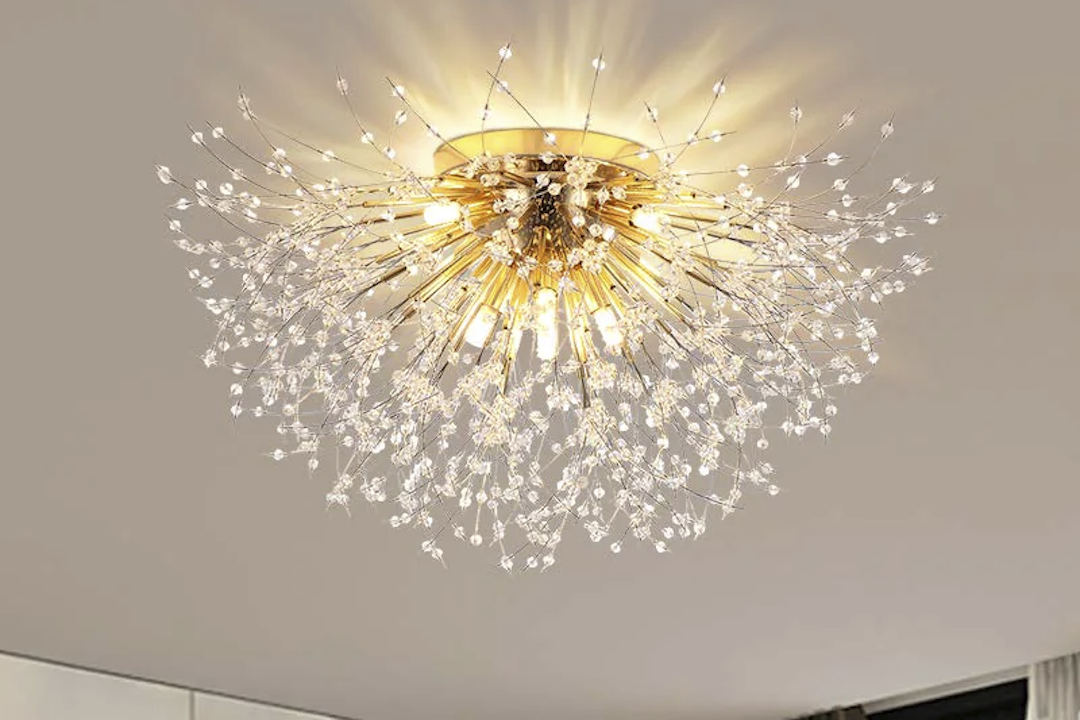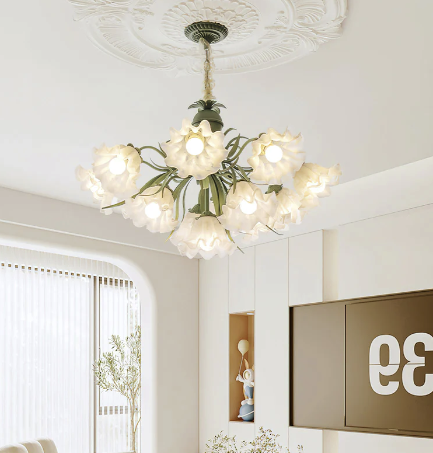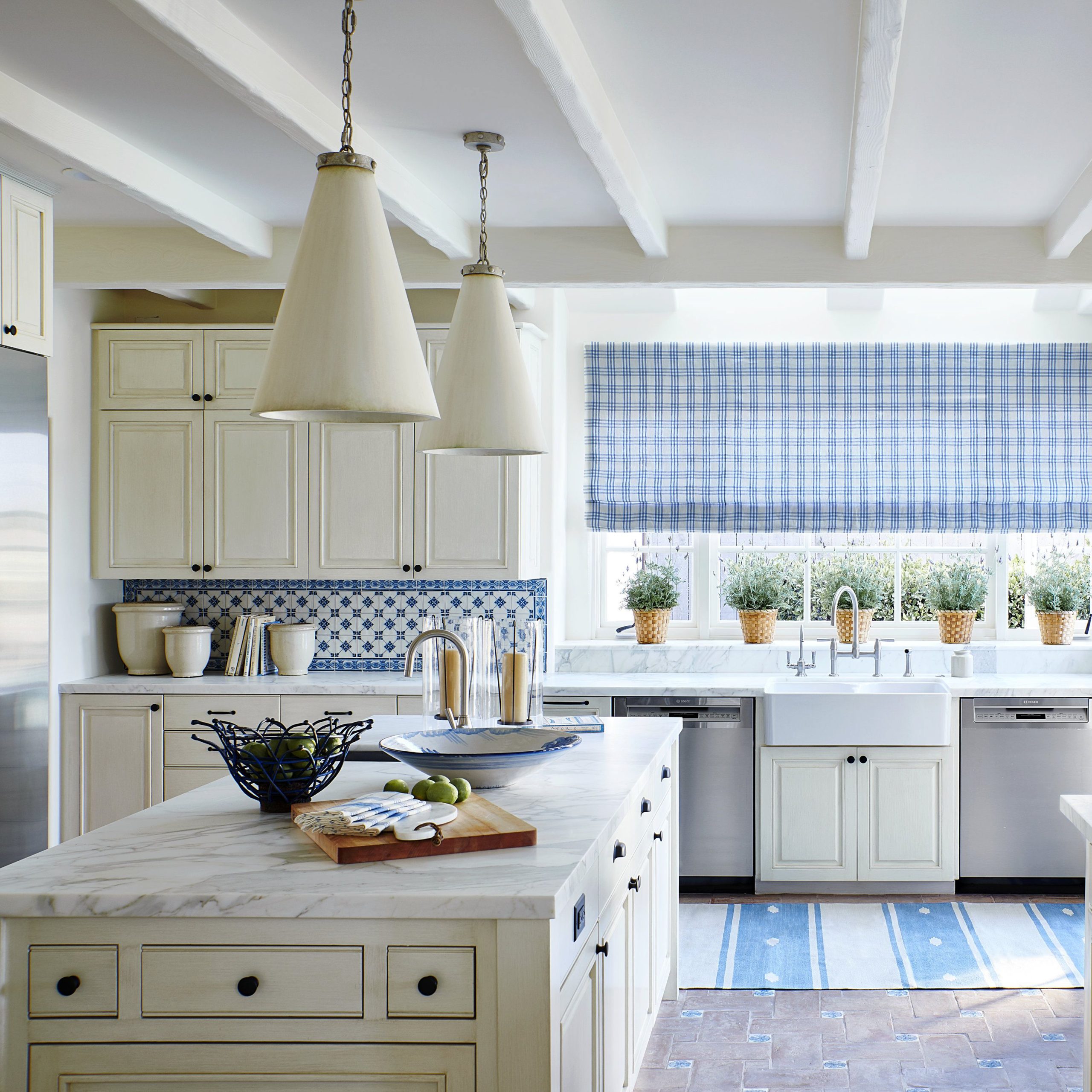Leaded glass lamp shades have served as a classic decorative piece for more than a century. These shades use the technique of leading, where metal strips are used to hold pieces of glass together, allowing for intricate designs and stunning colors to shine through when illuminated. The craftsmanship involved in creating leaded glass lamp shades is just as remarkable as the finished product itself.
The History of Leaded Glass Lamp Shades
The use of leaded glass in lighting can be traced back to the late 19th century. At this time, designers were experimenting with new materials to create more decorative and ornate lamp shades. Using leading allowed for intricate designs, and the addition of color to the glass only added to the beauty of these shades. One of the most famous designers of leaded glass lamps was Louis Comfort Tiffany, who revolutionized the art form and created a lasting legacy.
The Beauty of Leaded Glass Lamp Shades
Leaded glass lamp shades have a timeless elegance that fits well within any interior design style. Whether you prefer an art deco look or a more traditional aesthetic, there is a leaded glass lamp shade that can fit your needs. The intricate designs add visual interest, while the use of color can create a soft, warm, and inviting atmosphere. These shades can be used as a statement piece or as a subtle detail that brings a room together.
One of the most striking features of leaded glass lamp shades is the way they play with light. When illuminated, the shading and color of the glass create a beautiful and unique effect that can change depending on the time of day, the angle of the lamp, and the ambient lighting in the room. This makes the shades not just a piece of art, but also functional elements that can create a mood or ambiance.
The Craftsmanship of Leaded Glass Lamp Shades
The creation of leaded glass lamp shades is a labor-intensive process that requires skill, patience, and attention to detail. The process typically starts with a design, which is then transferred onto a pattern. The pattern is used to cut the glass into the desired shapes, which are then assembled and held together with leading. Once the leading is in place, the shade is soldered and finished off with a patina or polish.
The skill required to create these shades is evident in the finished product. Each piece of glass must be cut to the exact size and shape needed, and the leading must be applied perfectly to ensure the durability and structural integrity of the shade. The process can take weeks or even months to complete, depending on the size and complexity of the design.
Caring for Leaded Glass Lamp Shades
To keep your leaded glass lamp shade looking its best, it’s important to clean it regularly. Dust can accumulate and obscure the beauty of the glass, so it’s important to dust it with a soft cloth or a feather duster on a regular basis. If the shade is particularly dirty or shows signs of grime buildup, you can use a mild soap and water to clean it. Just be sure to dry the shade thoroughly to avoid water spots.
It’s also important to handle leaded glass lamp shades with care. The glass can be fragile, and even small impacts can cause it to crack or break. If your shade does sustain damage, it’s best to have it repaired by a professional who has experience working with leaded glass.
Conclusion
Leaded glass lamp shades are a classic decorative element that will never go out of style. These shades have a timeless elegance that fits well within any interior design style, and the craftsmanship required to create them is truly remarkable. Whether you’re looking for a statement piece or a subtle detail to add to your decor, a leaded glass lamp shade is an excellent choice.
